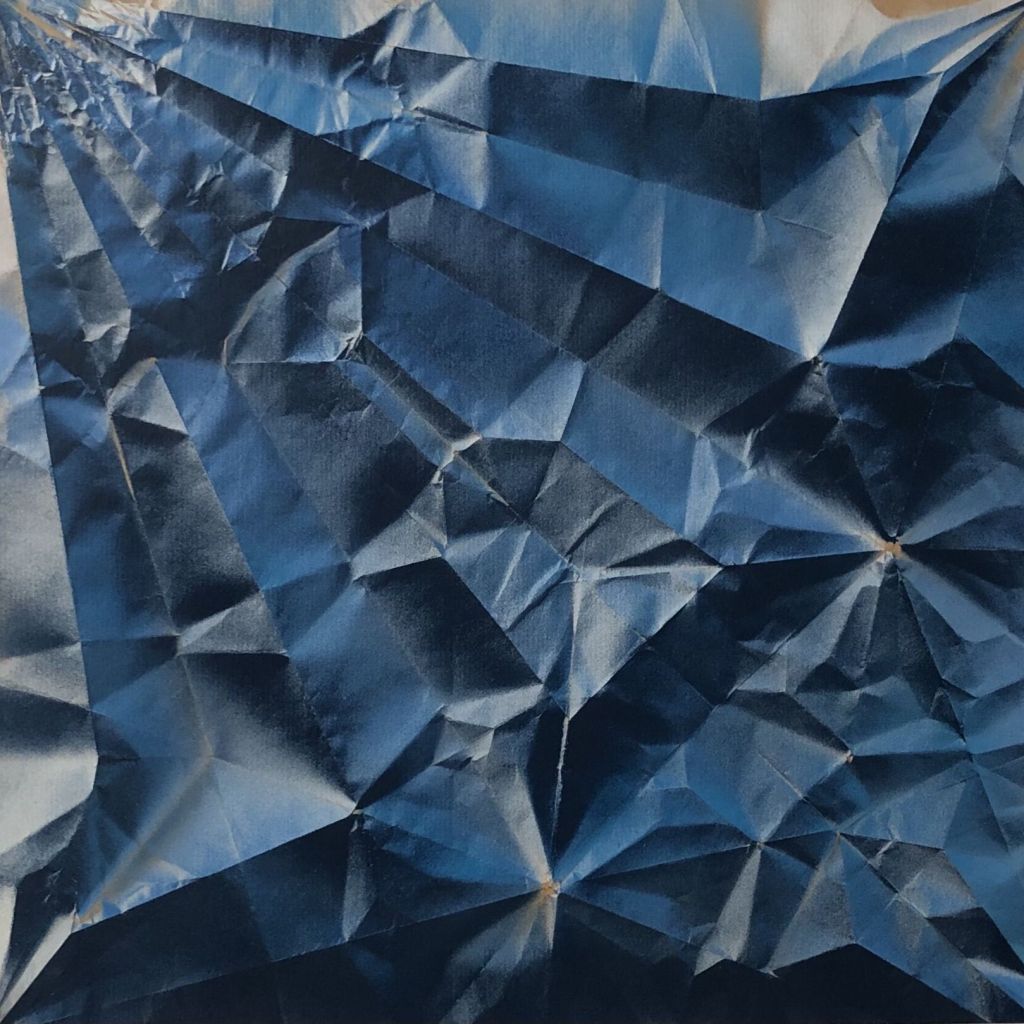
Marica Fasoli
(Bussolengo, Verona, 1977)The original and elaborate architecture, made of a complex and laborious manual construction of folds, which characterizes origami is deconstructed by Marica Fasoli: the artist, after making them, unfolds the paper on a two-dimensional surface, emphasizing with touches of paint in the intricate network of lines and angles, the morphology of the texture of light and shadow, defined by the chiaroscuro reflections of the reliefs, created by the folds of this oriental practice of delicate refinement; or reproduces the plastic and three-dimensional consistency of origami in its completed form in the plot of signs, structural and compositional lines that the folding has left imprinted on the paper, now stretched, painting them in oil on canvas, with a technical virtuosity calligraphic and descriptive in the rendering of phenomenal reality that comes from her specialization in Artistic Anatomy and experience in the restoration of ancient paintings, including the frescoes from Giotto’s school damaged by the earthquake in the Basilica of Santa Chiara in Assisi.
Origami are a metaphor, in Japanese culture, of the perennial regeneration of the life cycle in nature, as well as of the process of artistic creation, besides being considered an auspicious practice, a source of prosperity and joy.
Going beyond the purely formal and aesthetic aspect of the didactic reproduction of reality, of the hyper-realistic mimesis that characterized her first works, as a natural evolution of her pictorial experience in conservation and restoration, the artist’s works are loaded with deep suggestions, revealing, in the realistic representation of the linear plot produced by the folds on the paper, also the existential implications of her soul, her inner construction that is substantiated in an accidental geometry, dictated by the pleats and perpetually suspended between mimesis and abstraction; a geometry that, sometimes, the artist loves to liven up, surmounting it with linear sequences of marked chromatic shades, so as to underline the aspect of optical dynamism of the surface. The structuring of the linear segments develops proportionally, according to the logic of the progression of numbers in the Fibonacci sequence, which progressively approaches Phidia’s constant, the golden section or divine proportion, whose mathematical-geometric properties also characterize many existing conformations in nature.
This is why Marica Fasoli’s abstraction does not proceed to the schematic reduction of reality to a synthetic composition of forms, but prefers, using mimesis as an instrument of pictorial rendering, to focus on a detail of reality, analyzing it in an analytical, almost didactic way and extrapolating it from the network of relations it has with the surrounding environment. The artist suddenly brings it to a clarifying evidence, she cloaks it with an “aura”, clearly defining a composition structured on the infinite spatial constructions casually created by the origami paper, stretched or painted, patterns of extraordinary plastic volume, composed of interlacing lines, marked by the always different pressure of the hands on the pleating, thickened by the depth of the engravings, left by the energy impressed by the hand to the resistance of the paper.
The paper then becomes a sort of geographical map where the traces of the folding process that it has undergone to become origami are unfolded and defined, just as the physiognomic features of face, the wrinkles, the thickening off the skin are evidence of the life lived by a man. But the artist’s origami are deconstructed, unfolded, the process of its birth is rewound backwards to reveal its purest essence, its soul, as well as the infinite perpetuation of the cycle of life and death, As the artis herself states, “…paper, with its extreme fragility and complexity, represents the end of things, aimed at continuous rebirth”. Often her origami “had” the shape of animals, to evoke the cranes folded by Sadako in Japanese legend, which have become a symbol of immortality… and the titles also remind the viewer: Donkey, Crane, Unicorn, Dog, Lemur, Nautilus, Basset hound and Angel. The vital process of perennial regeneration of the form and experience of paper leads us to think that its soul contains a divine spark, what the Greeks called Psychè, grafted onto a body (Soma) which, permeated by it, by the vital breath generated by a divine or supernatural entity, is transformed unto spiritual matter pneumatikon, that is, Marica Fasoli’s paper, evocative, in its plots, of infinte suggestions.
The artist has always been interested in the ripples and crinkles of paper as a raw material, even of the fabrics of clothes that evoke the presence of a body inside them (Gente invisibile), but especially of paper as a wrapping of “something else”, pervaded by the energy of the content and characterized, animated by its memory. Before dedicating herself to origami, in fact, the artist’s aim was the realistic rendering of wood grains, the porosity of cardboard boxes, the surface of packaging (3D boxes) as the primary interface of an object with the world. With origami, her hyperrealism contaminated by pop ideas has finally reached its full maturity, becoming the main means of a process of conceptualization, of deep reflection on the tools of artistic research, capable of unsuspected metamorphoses, such as a paper, which has always been used as a simple two-dimensional support for printing, writing or drawing. Marica Fasoli has finally succeeded in opening it up to a deeper dimension.
Works
-
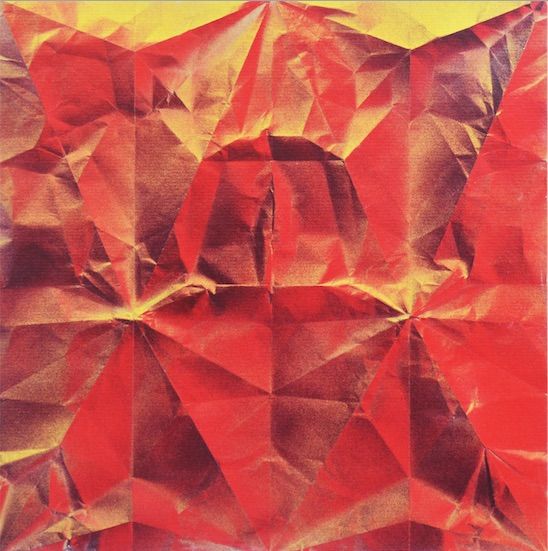 Bull Night
Bull NightMIXED TECHNIQUE ON PAPER WITH GOLD
-
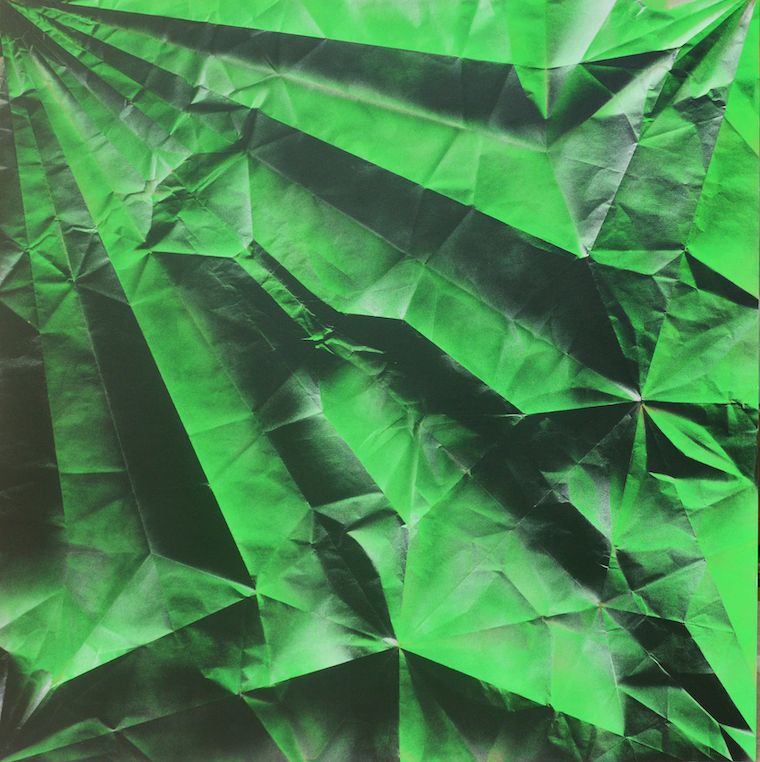 Unicorn
UnicornMIXED TECHNIQUE ON PAPER
-
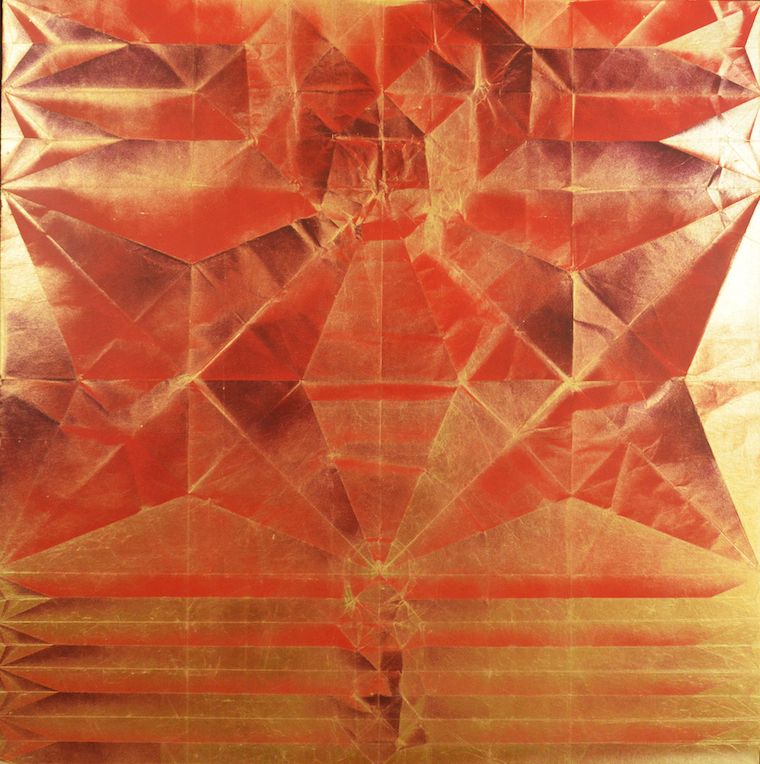 King Kong GOLD
King Kong GOLDMIXED TECHNIQUE ON PAPER WITH GOLD
-
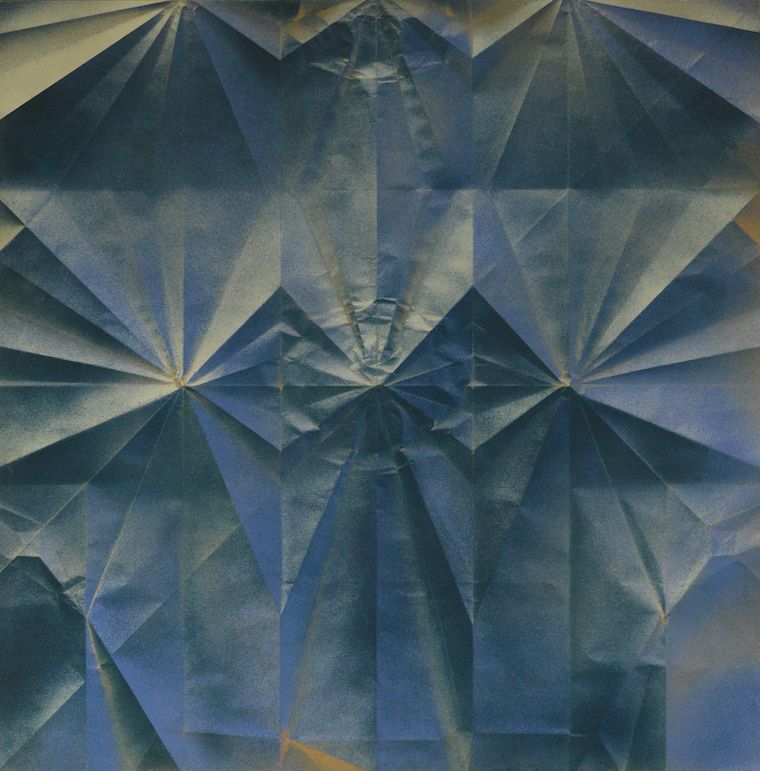 Sulle ali della vittoria
Sulle ali della vittoriaMIXED TECHNIQUE ON PAPER AND GOLDEN LEAF 22K
-
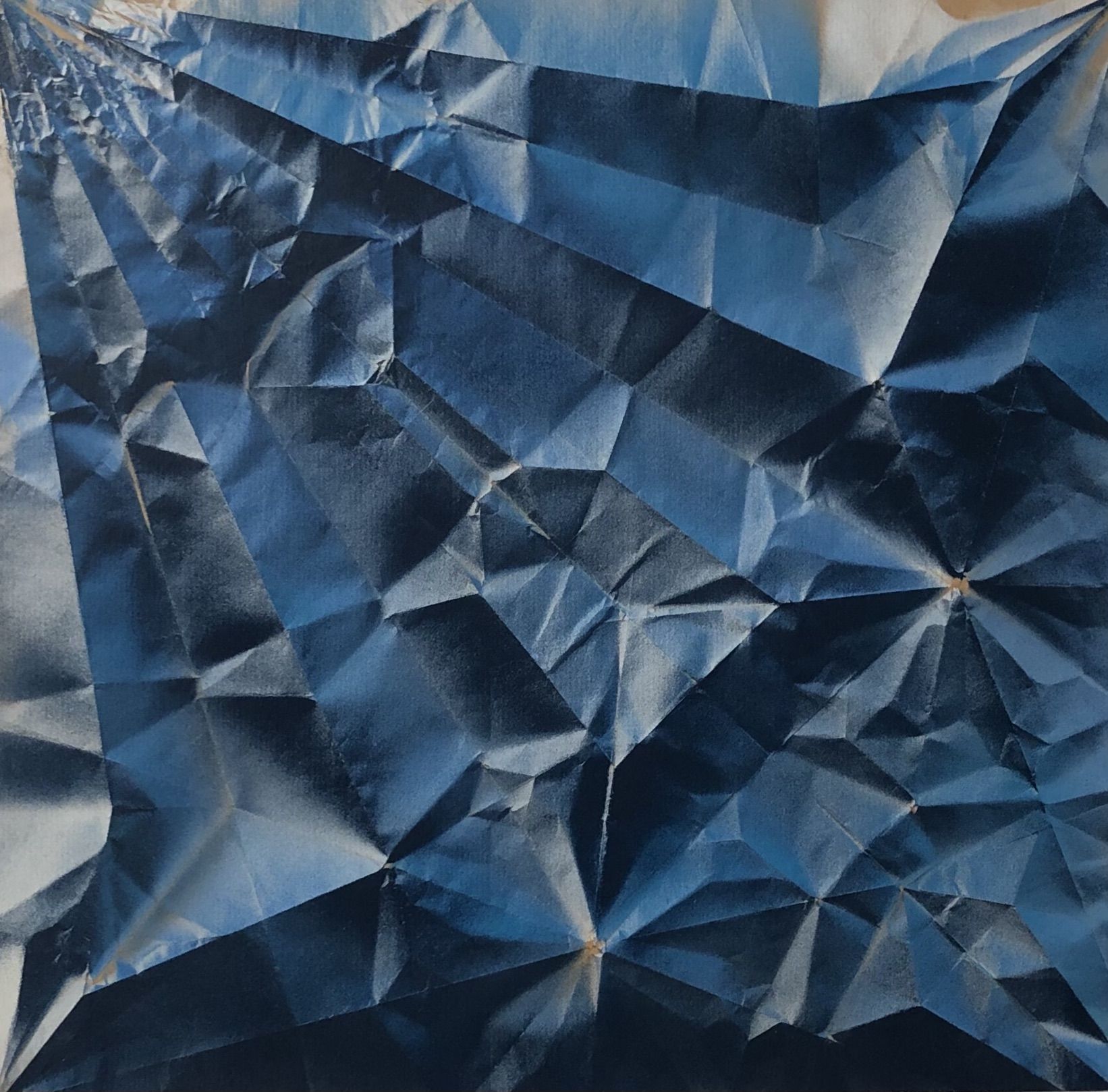 Unicorn Night
Unicorn NightMIXED TECHNIQUE ON PAPER
-
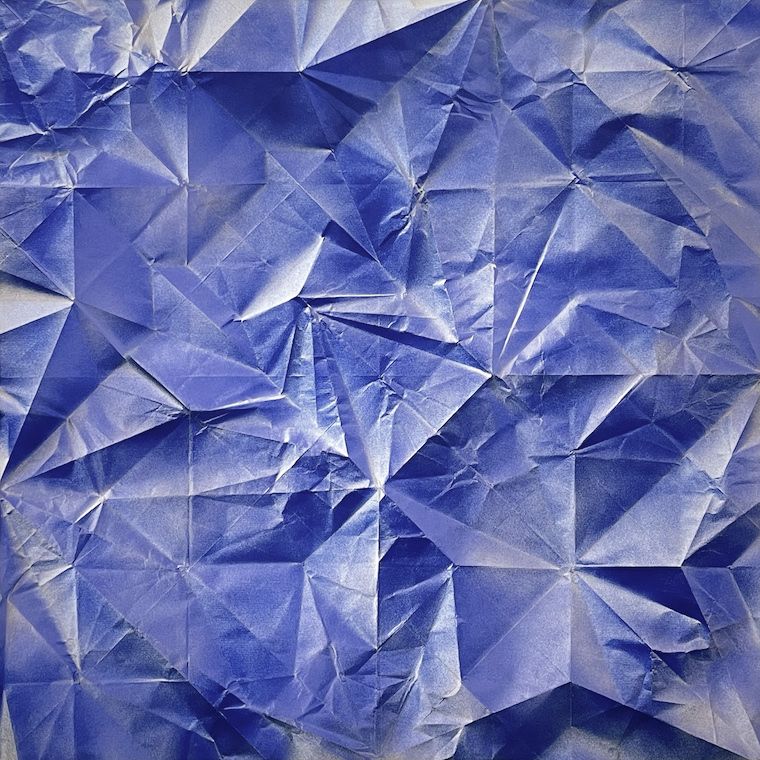 Horse Night
Horse NightMIXED TECHNIQUE ON PAPER